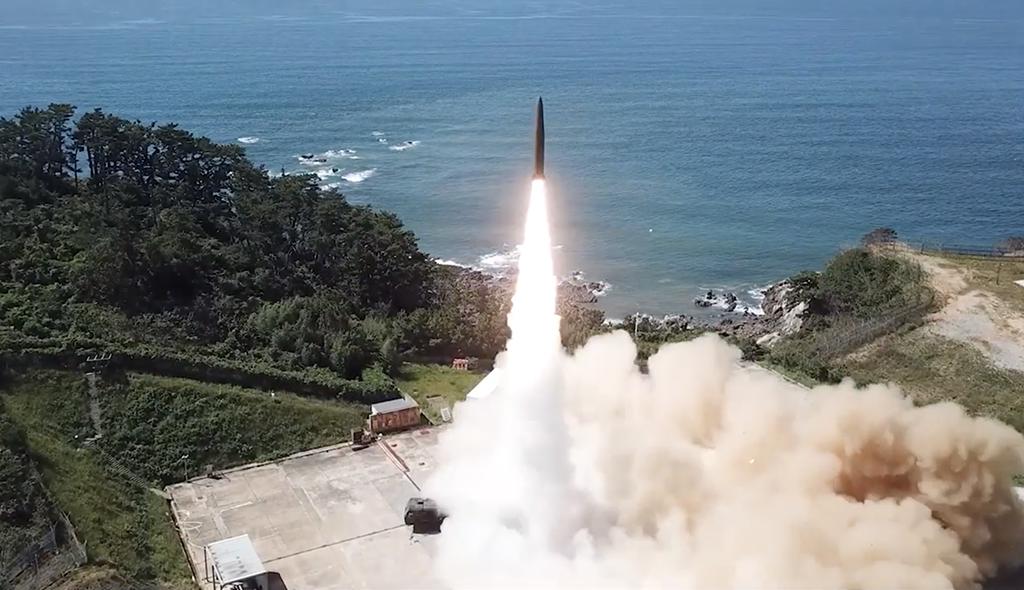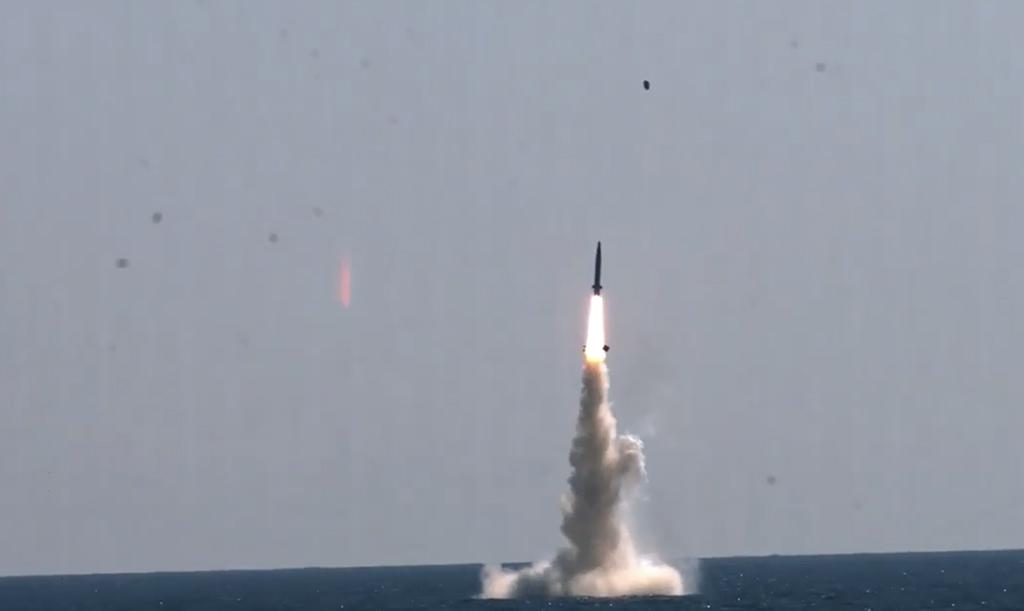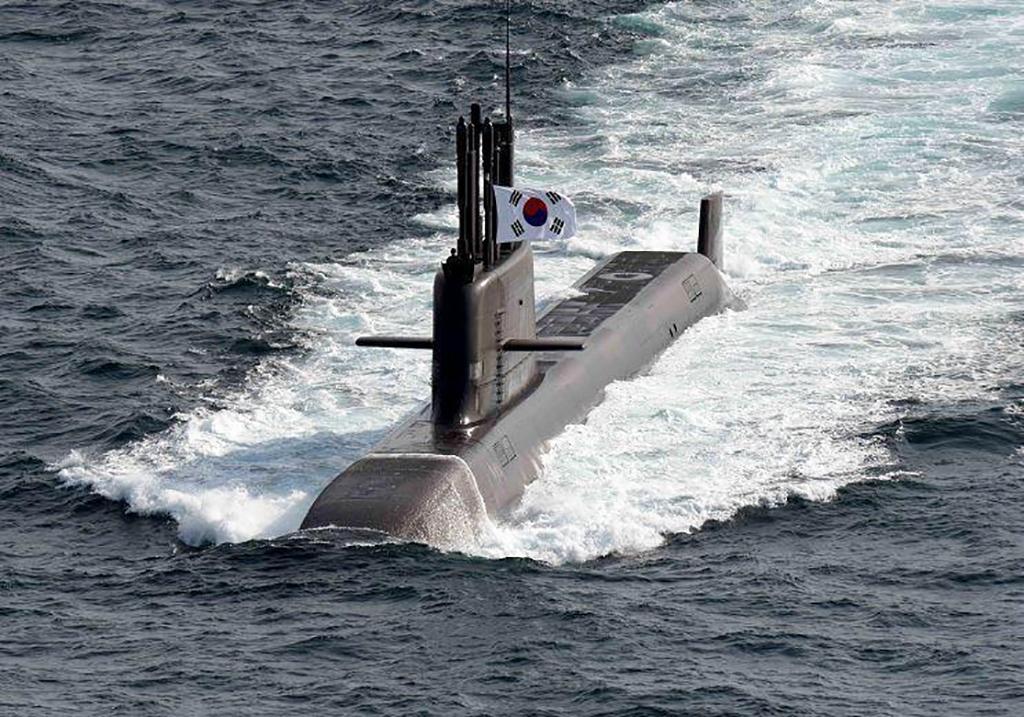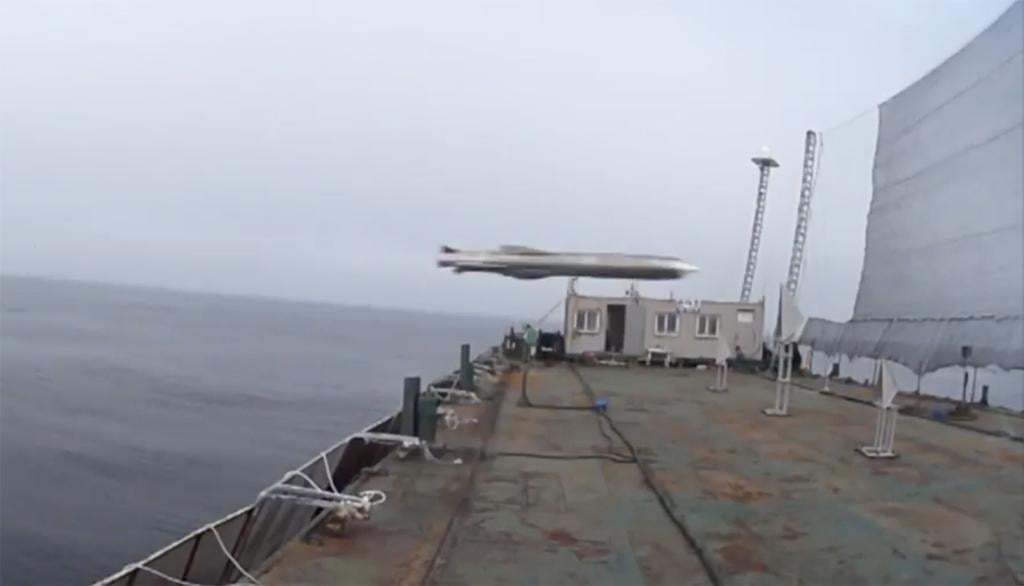Since the Korean War armistice was signed in 1953, North and South Korea have remained in a state of high readiness against any form of aggression. To gain leverage against the more powerful South Korea, allied with the U.S., North Korea has pursued weapons of mass destruction and numerous ways to deliver them. Ballistic missile development has accelerated under Kim Jong Un’s leadership, with Chinese and Russian assistance. The culmination is a new unidentified ICBM first seen in late 2020.
South Korean systems date back to 1970s tactical missiles based on the MIM-14 Nike Hercules surface-to-air missile and are intended to defend and retaliate against a North Korean attack. This preemptive “kill chain” strategy targets nuclear and missile facilities north of the 38th parallel.
In May, the Biden administration terminated the 42-year-old U.S.-South Korea missile guidelines, giving South Korea free rein to develop new rockets and missiles. The last restriction limited surface-to-surface weapons to 800 km (500 mi.).









